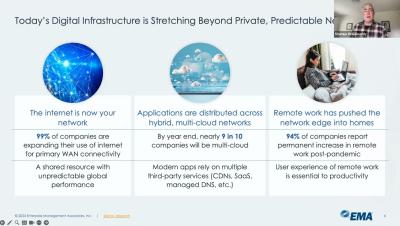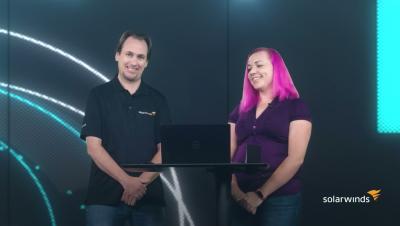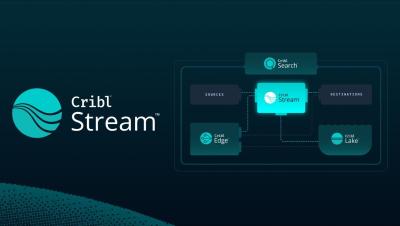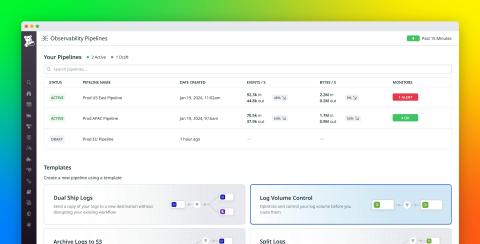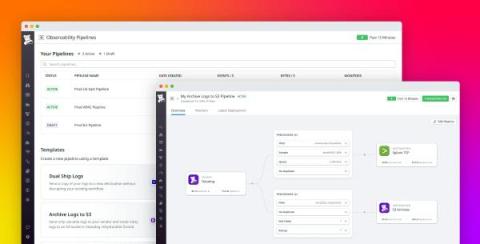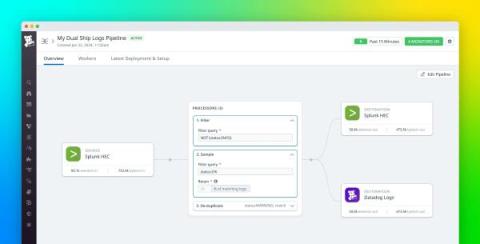How Lack of Knowledge Among Teams Impacts Observability
Without a doubt, you’ve heard about the persistent talent gap that has troubled the technology sector in recent years. It’s a problem that isn’t going away, plaguing everyone from engineering teams to IT security pros, and if you work in the industry today you’ve likely experienced it somewhere within your own teams. Despite major changes in the tech landscape, it is clear that organizations are still having significant difficulty keeping their technical talent in-house.




